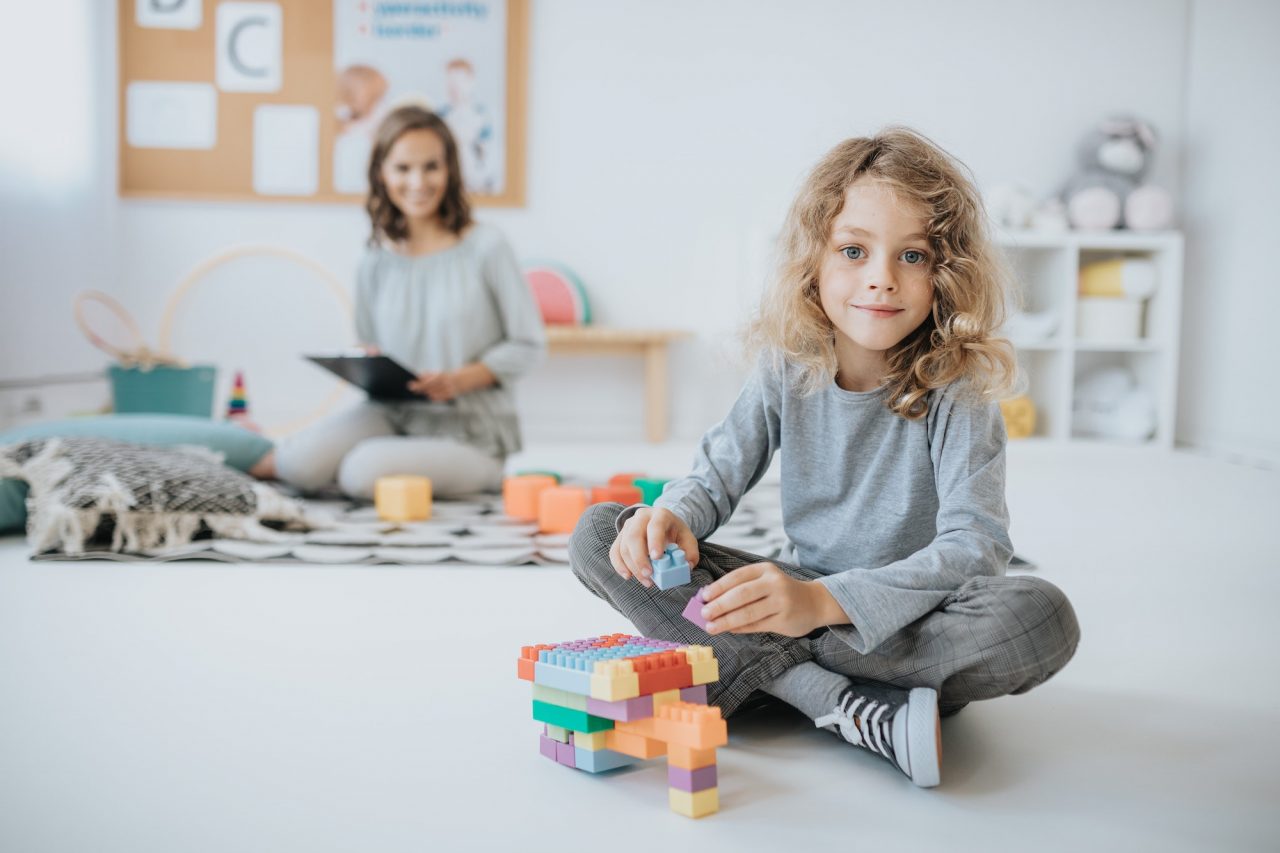Art Therapy
Art Therapy is a creative therapeutic approach that helps children express their thoughts and emotions through artistic activities. It is especially beneficial for children who face difficulties in verbal communication, emotional regulation, and social interaction. This therapy encourages self-expression, boosts confidence, reduces stress, and enhances cognitive and motor skills. It is particularly useful for children with Autism Spectrum Disorder (ASD), ADHD, anxiety, trauma, and learning disabilities.
Who we are
Qualities of an Outstanding Special Educator


Understanding the emotional and psychological needs of children with compassion.
Supporting children and their families through every step of their journey.
Building bridges between children, parents, and educators for a united approach.
Designing engaging and adaptive teaching methods that cater to individual learning styles.
Tackling complex challenges with a proactive and results-driven mindset.
Committing wholeheartedly to the well-being and development of each child.
Steps in Art Therapy
Lorem ipsum dolor sit amet, consectetur adipiscing elit. Ut elit tellus, luctus nec ullamcorper mattis, pulvinar dapibus leo.
- The therapist conducts a detailed assessment to understand the child's emotional and psychological challenges.
- Discusses the child's interests and preferences to tailor art-based activities accordingly.
- Sets specific therapy goals to address behavioral and emotional concerns.
- Provides a welcoming and non-judgmental space where children feel comfortable expressing themselves.
- Uses various art materials such as paints, clay, crayons, and collages to encourage creativity.
- Establishes a structured yet flexible setting that allows free artistic expression.
- Encourages children to paint, draw, or sculpt to express their feelings and thoughts.
- Uses guided themes, such as drawing a happy memory or creating a self-portrait, to help children explore their emotions.
- Allows children to engage in group art sessions to improve social skills and teamwork.
- Helps children verbalize their emotions based on their artwork.
- Guides them in understanding their feelings through discussion and reflection.
- Uses visual storytelling techniques to make therapy more engaging and insightful.
- Recommends art activities for home to promote continuous self-expression.
- Encourages children to maintain an art journal for emotional tracking and personal growth.
- Integrates relaxation techniques such as color therapy and mindful doodling to support emotional regulation.




Art Therapy Examples
A child experiencing severe anxiety and social withdrawal begins to express their emotions through abstract painting. Over time, they develop better emotional awareness and confidence to interact with others.
A child who has faced emotional trauma struggles to talk about their experiences. Through clay modeling, they create objects representing their feelings, allowing them to process emotions in a non-verbal way.
A child with ADHD finds it difficult to concentrate on tasks. By engaging in mandala coloring and structured drawing exercises, they improve focus, patience, and self-regulation.
Why Choose Us
Why Choose Maqsad Special Minds?
At Maqsad Special Minds, we believe that every child has a unique way of expressing themselves. Led by Anupreet Kaur, our expert therapists provide personalized and compassionate art therapy sessions that help children unlock their potential, express emotions freely, and develop confidence.
We are committed to creating a nurturing environment where creativity meets healing. Let us help your child embrace their emotions and find joy through art.
Give your child the gift of creative expression and emotional well-being.  Contact us today!
Contact us today!




Get appointment
Need More help?
Join Us on This Journey
888-2002-234
07.00 AM - 05.00 PM
